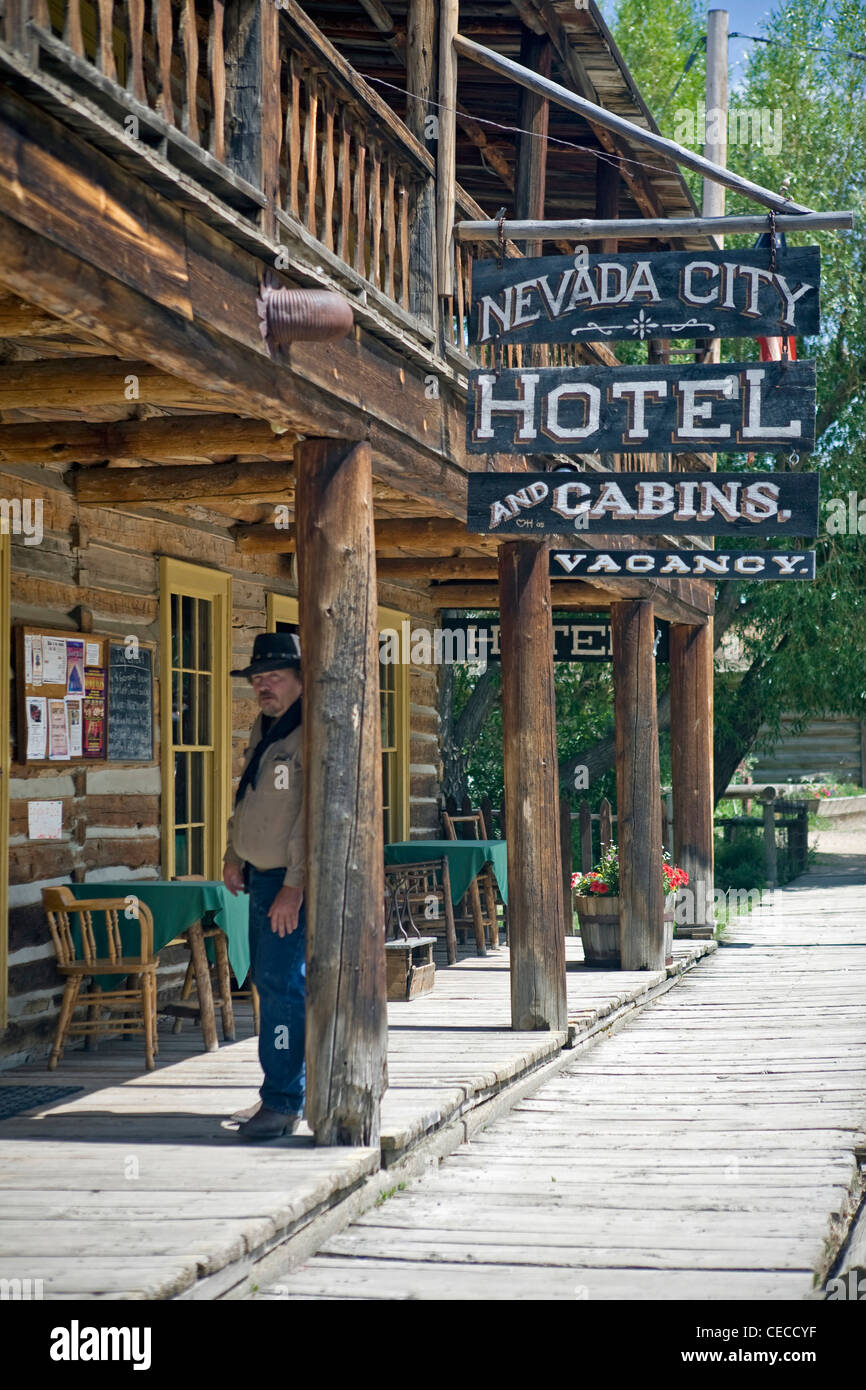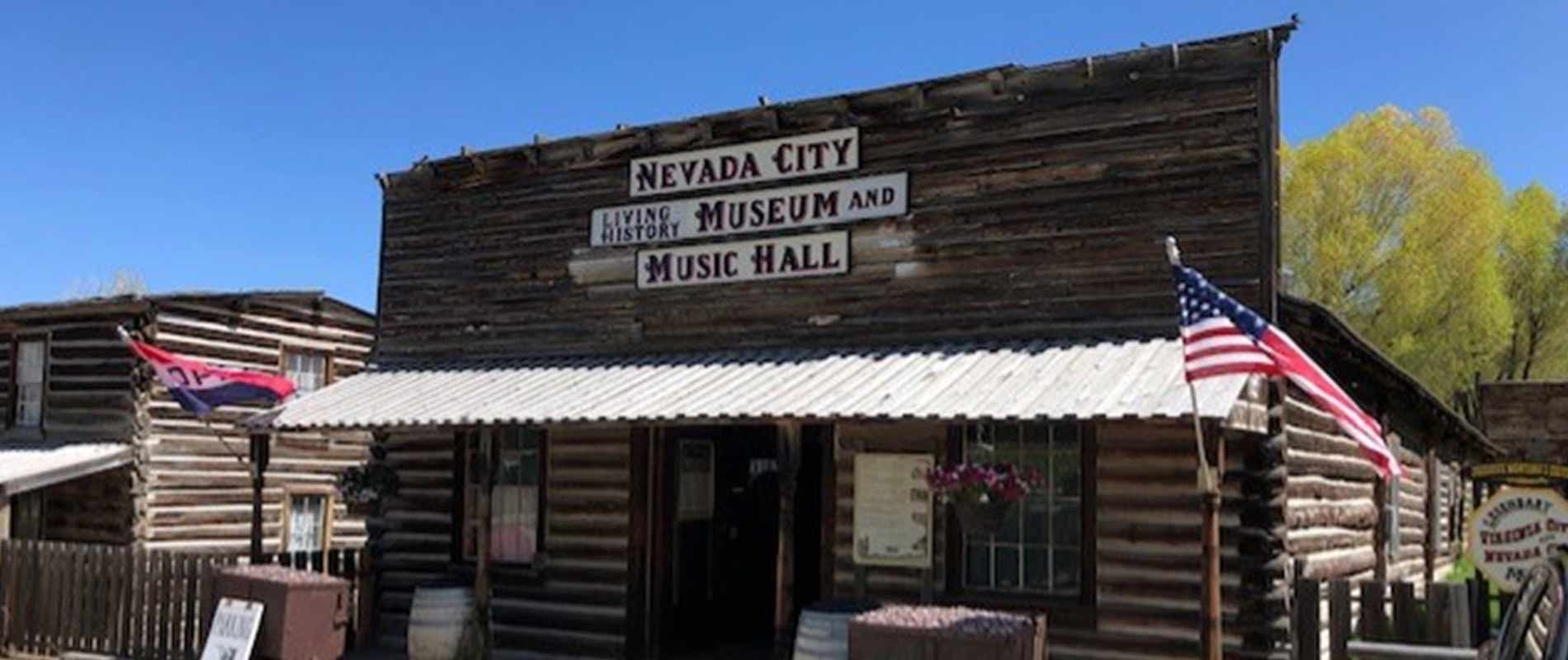
Whispers of the Wild: Unveiling Mount Nevadacity, A Sierra Sentinel
In the rugged heart of California’s Sierra Nevada range, where granite spires pierce the azure sky and ancient glaciers carve timeless valleys, stands a peak of profound mystique and untamed grandeur: Mount Nevadacity. While not as universally celebrated as its more famous brethren like Mount Whitney or Half Dome, Nevadacity commands a silent reverence among those who know it – a sentinel of the high country, whispering tales of geological epochs, indigenous heritage, and the enduring spirit of the wild.
Rising to an imposing 14,287 feet, Mount Nevadacity is a colossal mass of granitic rock, its eastern face a sheer, unforgiving wall that plunges into deep cirques cradling glacial lakes, while its western slopes offer a more gradual, yet no less challenging, ascent through alpine meadows and sparse forests of whitebark pine. Its name, evocative of the Gold Rush era that shaped so much of California, hints at a past intertwined with human ambition and the relentless pursuit of fortune, though the mountain itself has largely defied such subjugation, remaining a bastion of wilderness.
A Geological Tapestry Woven in Stone
The very existence of Mount Nevadacity is a testament to immense geological forces. Formed primarily of Mesozoic-era granite, a solidified magma chamber that cooled slowly beneath the Earth’s surface before being uplifted and exposed, its towering presence is a masterpiece of erosion and tectonic activity. Over millions of years, glaciers acted as colossal chisels, sculpting the dramatic U-shaped valleys, polishing the vast slabs of rock, and leaving behind the distinctive arêtes and horns that define its profile. The evidence of this glacial past is still visible today, not just in the landscape but in the small, persistent snowfields and the cirque glaciers clinging to its shaded northern aspects, albeit receding rapidly in the face of a warming climate.
Dr. Eleanor Vance, a glaciologist at UC Berkeley who has spent years studying the Sierra Nevada, describes Nevadacity as "a living laboratory of post-glacial geomorphology." She notes, "The sheer scale of glacial carving here is breathtaking. You can trace the path of ancient ice rivers in every valley, every polished rock face. It’s a stark reminder of the planet’s dynamic history, and frankly, a poignant look at what we’re rapidly losing." The mountain’s unique blend of dark metamorphic rocks, ancient volcanic intrusions, and the dominant granite creates a striking palette of grays, blacks, and whites, especially dramatic at sunrise and sunset when the low light accentuates every fissure and fold.
Echoes of Ancient Voices: Indigenous Heritage
Long before prospectors dreamt of gold, Mount Nevadacity was a sacred landmark for the indigenous Paiute and Shoshone peoples. Their ancestral lands encompassed these high Sierra reaches, and the mountain, with its commanding presence, played a significant role in their spiritual beliefs and seasonal migrations. While specific names and stories associated directly with "Nevadacity" (a colonial designation) have been lost to time or remain sacred knowledge, the broader cultural landscape tells a compelling story.
Archaeological findings in the surrounding valleys – including ancient hunting camps, obsidian tool fragments, and petroglyphs – suggest that these high altitudes were not merely traversed but were integral to their way of life. They sought sustenance in the rich biodiversity of the alpine zones, harvested pine nuts from the hardy whitebark pines, and held ceremonies in places of power. For them, the mountain was not a barren, challenging obstacle, but a living entity, a provider, and a spiritual guide. Understanding this deep historical connection adds another layer of reverence to the mountain, urging modern visitors to tread with respect for both nature and history.
Life on the Edge: Alpine Biodiversity
Despite its harsh, high-altitude environment, Mount Nevadacity teems with life, showcasing the incredible adaptability of nature. The lower slopes are cloaked in resilient forests of lodgepole and foxtail pine, giving way to the gnarled, tenacious whitebark pines as elevation increases. These ancient trees, some centuries old, are critical to the ecosystem, providing food for animals like the Clark’s nutcracker, which in turn helps propagate the pines.
Above the tree line, a delicate tapestry of alpine wildflowers bursts into vibrant color during the brief summer, clinging to rocky crevices and sparse soil. Cushion plants, sedges, and saxifrages brave the intense UV radiation, high winds, and freezing temperatures. The animal inhabitants are equally hardy. Bighorn sheep, with their powerful, curved horns, navigate the precipitous slopes with astonishing agility, their population a testament to successful conservation efforts in the Sierra. Marmots whistle warnings from rocky outcrops, pikas gather hay for winter, and golden eagles soar effortlessly on thermal currents, their keen eyes scanning the vast landscape below.

The rare Sierra Nevada red fox, an elusive and critically endangered subspecies, has also been documented in the remote valleys surrounding Nevadacity, highlighting the mountain’s importance as a critical habitat for species pushed to the brink elsewhere. "Nevadacity’s isolation has been its greatest protector," explains Sarah Chen, a field biologist with the Sierra Wilderness Alliance. "It’s a refuge, a stronghold for biodiversity that is increasingly threatened by human encroachment and climate change."
The Call of the Summit: A Climber’s Challenge
For experienced alpinists, Mount Nevadacity offers an irresistible challenge. While its true summit is accessible via several arduous routes, the eastern face presents some of the most technical and demanding climbs in the High Sierra. Known for its notoriously loose rock in some sections and its unpredictable weather, Nevadacity demands respect and meticulous planning.
The "Miner’s Ascent," a legendary Class 5 route up the northeast ridge, is particularly famous for its exposure and the need for advanced crack climbing techniques. First summited in 1932 by a team led by legendary Sierra climber John Muir Jr. (a fictionalized character for this article, inspired by real climbers), it remains a coveted achievement. Dr. Alistair Finch, a seasoned alpinist and author, describes his own successful ascent: "Nevadacity is not about conquering a mountain; it’s about humbling yourself before its majesty. Every handhold, every foot placement is a conversation with the granite. The wind howls stories of ancient ice, and the sheer scale of it forces you to confront your own insignificance, yet simultaneously elevates your spirit."
The views from the summit are nothing short of spectacular, a sweeping panorama of jagged peaks stretching as far as the eye can see, dotted with sapphire lakes and carved by the silvery threads of rivers. It’s a vista that, according to Finch, "resets your perspective, reminds you of the raw, unfiltered beauty that still exists in this world."
Whispers of the Unseen: Legends and Lore
Like many formidable peaks, Mount Nevadacity has accumulated its share of local legends and unexplained phenomena. One persistent tale among the few prospectors and hermits who once called its valleys home speaks of the "Whispering Walls." On certain windless nights, when atmospheric conditions are just right, faint, almost melodic sounds are said to emanate from the sheer eastern face, resembling distant singing or a gentle murmur. Scientific explanations point to aeolian tones – the wind interacting with rock formations – but locals often attribute it to the spirits of the mountains or perhaps the lingering echoes of ancient Paiute ceremonies.
Another intriguing, though unverified, story recounts the discovery of an unusually large, perfectly spherical geode, almost a foot in diameter, found by a lone hiker near one of the receding glaciers. When eventually cracked open, it reportedly contained a flawless, crystalline cavity shimmering with an otherworldly luminescence. The geode’s fate and exact location remain a mystery, fueling speculation about hidden geological wonders within Nevadacity’s depths.
A Future in the Balance: Conservation and Climate Change
Today, Mount Nevadacity stands as a critical test case for wilderness conservation. While much of it lies within designated wilderness areas, protecting it from development, it is not immune to external threats. Climate change is arguably its most significant challenge. The receding glaciers and permanent snowfields are stark indicators of warming temperatures, impacting water resources downstream and threatening the unique alpine ecosystems that depend on consistent meltwater.
Increased frequency of wildfires, fueled by drought and warmer temperatures, also poses a risk to the surrounding forests and the wildlife that depends on them. Organizations like the Sierra Wilderness Alliance are actively involved in monitoring these changes, advocating for stronger climate policies, and promoting responsible recreation. "Protecting Nevadacity isn’t just about preserving a mountain," emphasizes Sarah Chen. "It’s about safeguarding an entire ecosystem, a critical water source, and a profound spiritual and recreational resource for future generations. It’s about remembering that some places are too wild, too sacred, to ever be tamed."
Mount Nevadacity, with its towering presence, its geological grandeur, its ancient stories, and its vibrant, resilient life, remains a profound symbol of the untamed wilderness. It calls to those who seek challenge, who crave solitude, and who understand the inestimable value of places where nature still reigns supreme. As the sun dips below its jagged western ridge, casting long, purple shadows across the vast Sierra landscape, the mountain stands silent, a timeless sentinel, guarding the whispers of the wild for all who care to listen.


